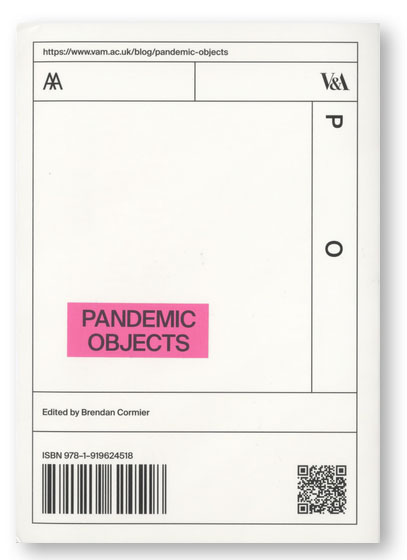An interview with Design in Quarantine / Anna Talley and Fleur Elkerton
How will we look back on this pandemic in the future, and what artefacts will remain to be able to tell its story adequately? This is a question most museums are wrestling with as – now more than ever before – such institutions are embracing the idea of rapid-response collecting; a proactive tool to build collections that adequately reflect the times that are shaping us. This wasn’t always the case: if you search the V&A’s own collection for ‘Spanish flu’, for instance, you will find zero results. That pandemic inevitably yielded a strong influence on design in propelling the case for hygiene, better building standards, and an aesthetic of clean surfaces. But that story has largely been told not through the collecting at the time, but through the hard work of historians who have been able to retrospectively resuscitate its narrative.
It is a welcome change then, to see the current spate of Covid-19 collecting initiatives at places such as Museum of London, the Science Museum, and, in part, our own work here, which will hopefully have a beneficial impact on providing a record of history. But physical collecting has its limits; not only are current collections already strained for space, but the pandemic itself seems to offer an overwhelming and unlimited number of objects to consider; there is hardly an object not touched in some way by the crisis. Additionally, unlike previous pandemics, this one is playing out digitally just as much as in the physical, challenging the current collecting infrastructure of museums.
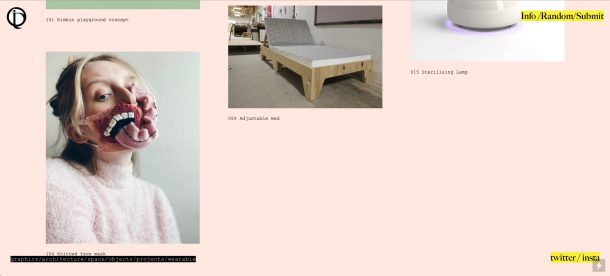
Fortunately, this question of how to digitally archive a pandemic is being explored in a thoughtful and responsive manner through the Design in Quarantine project by Anna Talley and Fleur Elkerton, two postgraduate design historians at London’s Royal College of Art and Victoria & Albert Museum. In March, they peered across the online landscape of content concerning design responses to Covid-19 and observed that none of this was being logged and collected in one place. Design projects were being posted on blogs, or in Instagram posts, on studio websites, or twitter, and a decision was made to attempt to bring these all together on one site, as an archive that would present a coherent snapshot of how design and designers were responding to the virus.
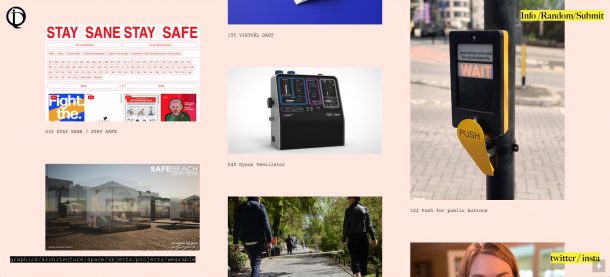
They quickly pulled together a website using Cargo Collective as a platform – the service was usefully providing free hosting to any projects related to Covid-19 – and began compiling simple posts that each present a single design project. There is an attempt here at objectivity, or at least as much as is possible, in the presentation of projects. Each project lists the name, date of its appearance, and a link to its original source. They are usually illustrated by just one image, and occasionally there is a short project description. There is also an attempt to provide a broad spectrum of projects – from grassroots initiatives, speculative design proposals, and corporate responses – as well as covering the full gamut of design disciplines and geographic range. Another element of Cargo Collective that was attractive to them was the randomize function – projects will appear in a different order anytime someone visits the site, making the archive non-hierarchical and amenable to exploration.
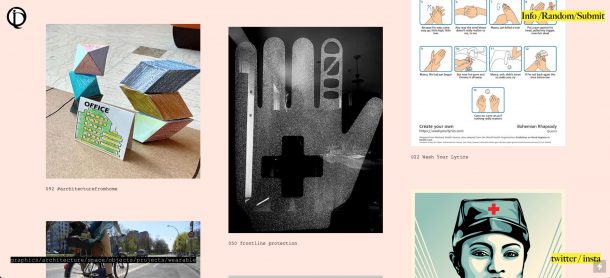
When asked if they were concerned about giving a platform to spurious designs – a complaint that Kate Wagner has lobbed at websites like Dezeen – they remark that the neutral presentation of projects is meant to provide future researchers the ability to see a fairly faithful representation of the kinds of projects that were being put forward in this time. In this sense, the archive is very much designed from the perspective of what a future historian might want to be able to find, not just a carefully curated trove of the best possible designs. It is a full spectrum of the good, the bad, and the ugly.
When asked how they are able to cope with the sheer volume of potential projects that can be hosted on the site – requiring their time and labour to put them up there – they rightly point out that all archives are essentially incomplete by their very nature, and this is meant to serve as a jumping off point for further exploration. The simplified format of presentation has also allowed them to operate at an impressive pace – there are already over 140 projects up on the site at the time of writing this.
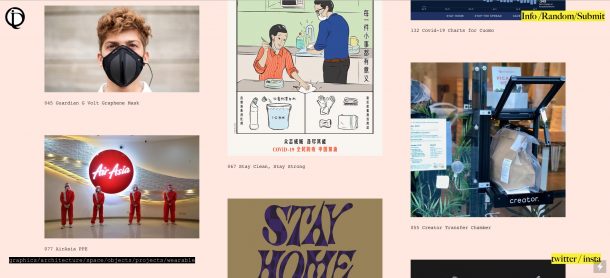
And how about when to end an archive? Talley and Elkerton have already noticed the pace of new Covid-related projects slowing down, but assume that as the virus flairs up again or as we go into distinctive new stages of the pandemic, new challenges will arise inspiring new design responses, which they are prepared to keep documenting as things unfold.
Finally, as this project was conceived as an archive for future historians, there is the challenge of how to preserve the website itself, so that a version of it will be available over the ensuing decades. To do so, they are using the WayBackMachine, an initiative from the Internet Archive which creates a digital library of websites to preserve in perpetuity. But they are also exploring alternative avenues, such as a way to download the entire site that preserves all the metadata embedded within in. In the end, it’s the simplicity of the project which is its strength, allowing for two individuals to respond with agility and resourcefulness to the pandemic, while creating a lasting and useful archive for future investigation.
Design in Quarantine are happy to receive any submissions you might have. You can contact them at: designinquarantine@gmail.com
Instagram: @design_in_quarantine
Twitter: @Design_inQ
